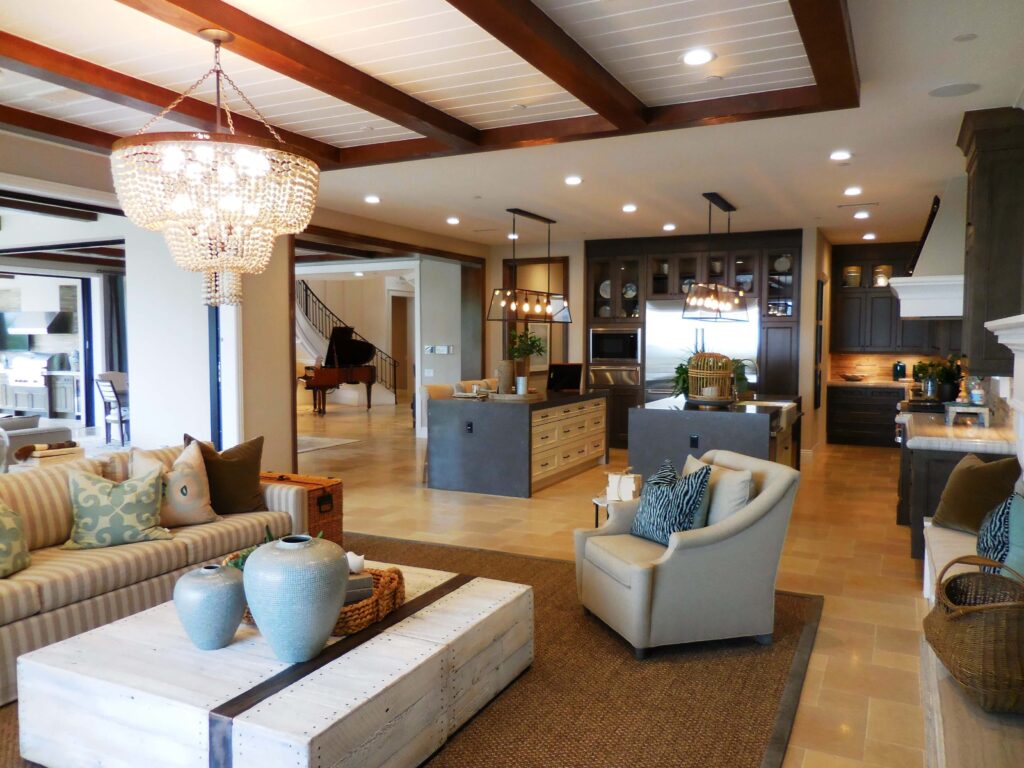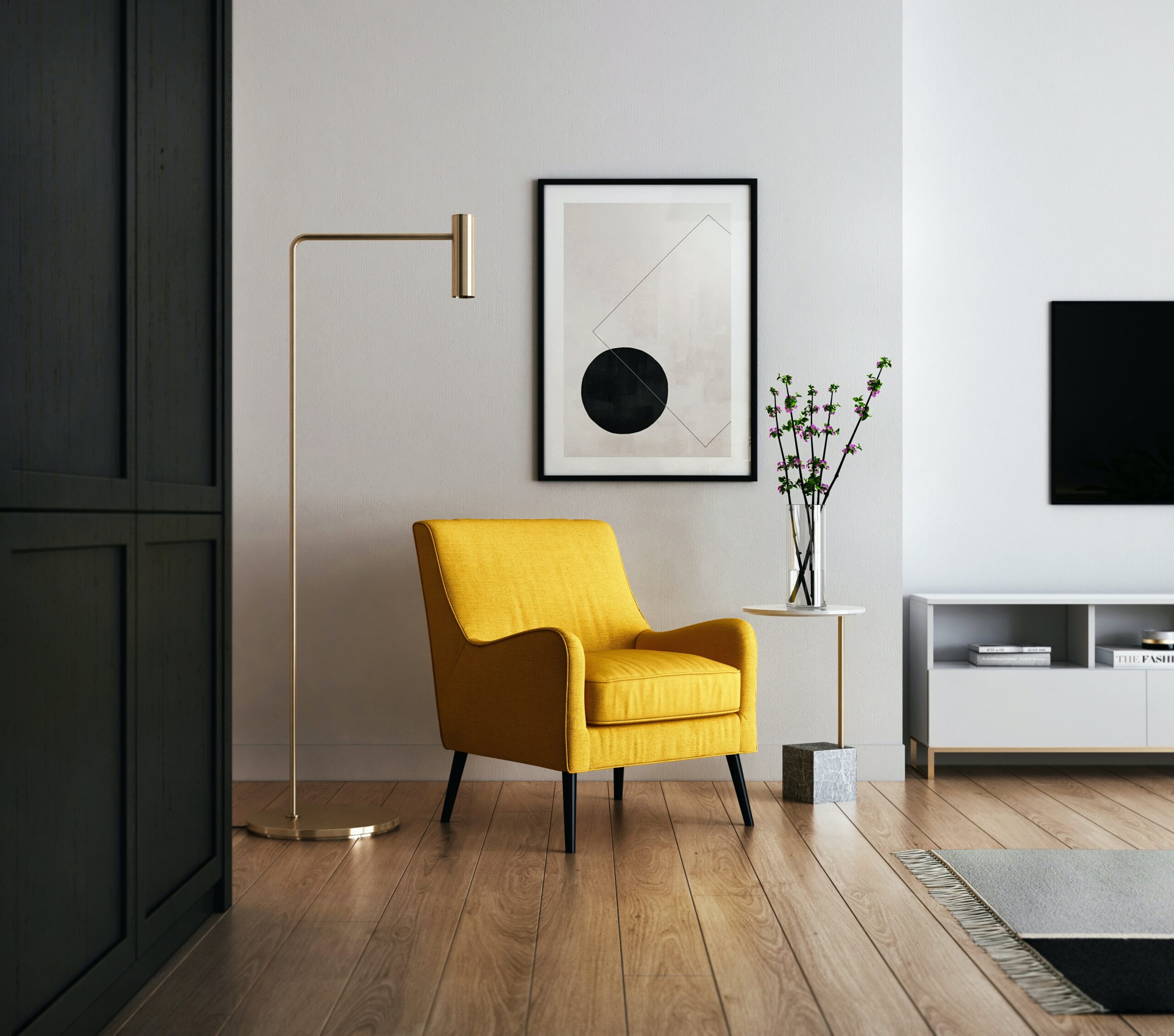Colors can have psychological and emotional effects, and different colors may evoke various feelings and energies for individuals. However, the idea that a specific color is universally “good for life” is subjective and can vary based on personal preferences, cultural influences, and individual experiences.
Here are a few colors that are commonly associated with positive qualities:
- Green: Often linked to nature, growth, and balance, green is considered a color that promotes a sense of harmony and well-being.
- Blue: Blue is associated with calmness, tranquility, and stability. It is often considered a soothing color that can promote a sense of peace.
- Yellow: Yellow is associated with energy, positivity, and happiness. It is a color that can evoke feelings of warmth and optimism.
- Pink: Pink is often associated with love, compassion, and nurturing. It is considered a gentle and soothing color.
- White: White symbolizes purity, cleanliness, and simplicity. It is often associated with a sense of clarity and openness.
- Purple: Purple is linked to luxury, creativity, and spirituality. It is considered a color that can inspire imagination and a sense of mystery.
It’s important to recognize that color preferences are highly individual, and the impact of colors can vary from person to person. Additionally, cultural and personal associations with colors play a significant role in how individuals perceive and respond to them.
When choosing colors for your living space or surroundings, consider your own feelings and associations with different colors. Surrounding yourself with colors that resonate positively with you can contribute to a more pleasant and comfortable environment.

